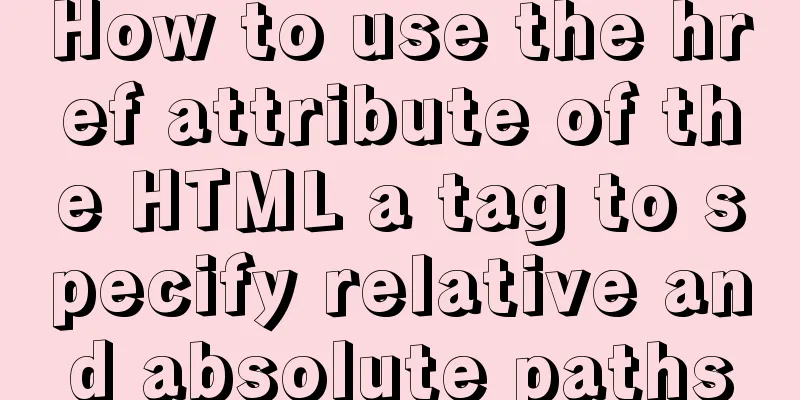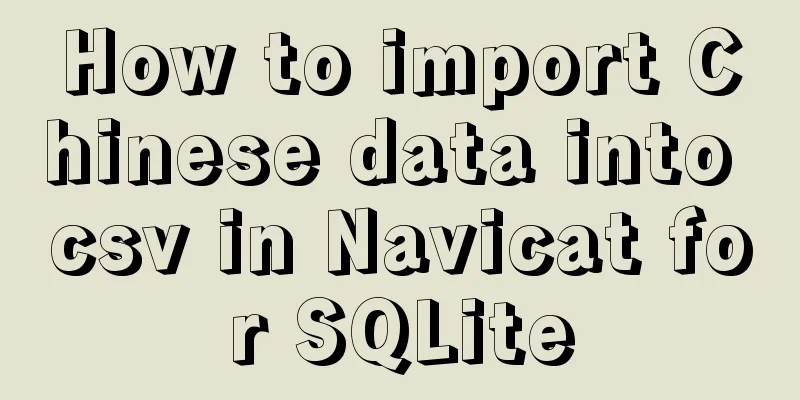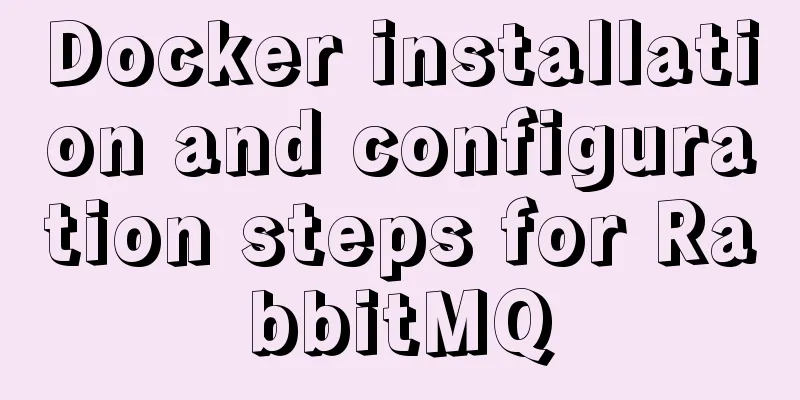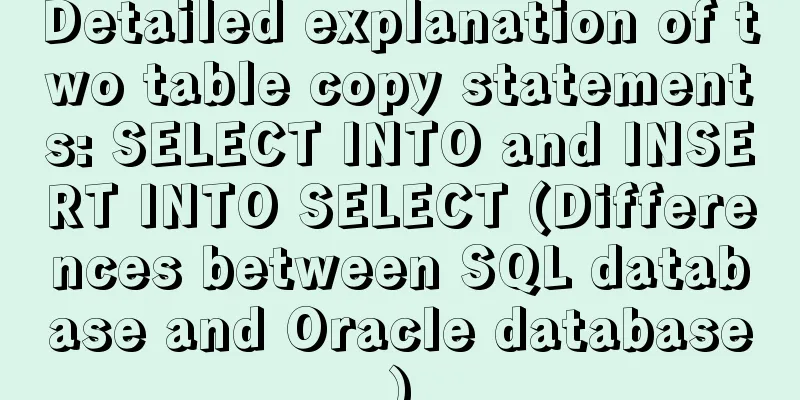How to use the href attribute of the HTML a tag to specify relative and absolute paths

|
In actual Web development, inserting images, including CSS files, etc. all require a path. If the file path is added incorrectly, the reference will become invalid (unable to browse the linked file, or unable to display the inserted image, etc.). Many beginners are confused. Below I will introduce relative paths and absolute paths in detail. HTML relative path How to use relative links: XML/HTML CodeCopy content to clipboard
If you want to link to the next level directory, you need to enter the directory name first, then add "/", and then enter the file name, for example: XML/HTML CodeCopy content to clipboard
If you want to connect to the upper-level directory, you need to enter "../" first, and then enter the directory name and file name, for example: XML/HTML CodeCopy content to clipboard
Example summary 1. Link files in the same directory XML/HTML CodeCopy content to clipboard
XML/HTML CodeCopy content to clipboard
XML/HTML CodeCopy content to clipboard
XML/HTML CodeCopy content to clipboard
XML/HTML CodeCopy content to clipboard
HTML absolute path |
<<: Sample code for implementing horizontal infinite scrolling with pure CSS3
>>: 25 Ways and Tips to Increase Web Page Loading Speed
Recommend
IE6 BUG and fix is a preventive strategy
Original article: Ultimate IE6 Cheatsheet: How To...
How to set up swap partition SWAP in Linux 7.7
The Swap partition of the Linux system, that is, ...
Ajax jquery realizes the refresh effect of a div on the page
The original code is this: <div class='con...
Detailed process of installing the docker plugin in IntelliJ IDEA (2018 version)
Table of contents 1. Development Environment 2. I...
Summary of the operation records of changing MyISAM storage engine to Innodb in MySQL
In general, MySQL provides a variety of storage e...
Use of MySQL SHOW STATUS statement
To do MySQL performance adjustment and service st...
How to deploy gitlab using Docker-compose
Docker-compose deploys gitlab 1. Install Docker I...
An example of changing traditional replication to GTID replication without stopping business in MySQL 5.7
Due to the advantages of GTID, we need to change ...
Nodejs module system source code analysis
Table of contents Overview CommonJS Specification...
Web front-end performance optimization
Web front-end optimization best practices: conten...
JS ES new feature of variable decoupling assignment
Table of contents 1. Decoupled assignment of arra...
HTML implements the function of detecting input completion
Use "onInput(event)" to detect whether ...
Web interview: The difference between MVC and MVVM and why Vue does not fully comply with MVVM
Table of contents Difference between MVC and MVVM...
Solution to no Chinese input method in Ubuntu
There is no solution for Chinese input method und...
Solution to Nginx session loss problem
In the path of using nginx as a reverse proxy tom...









